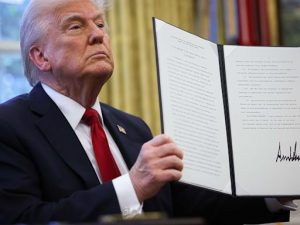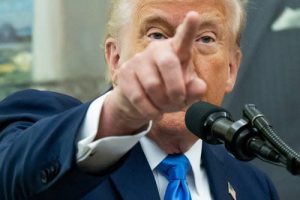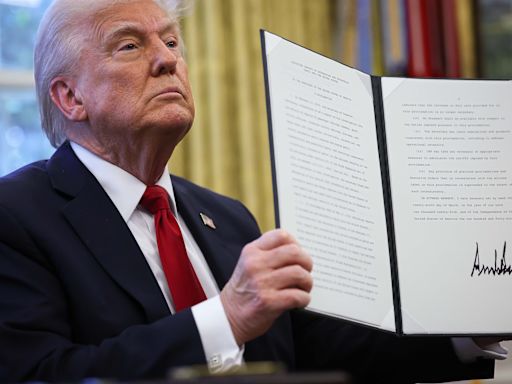WASHINGTON ― President Donald Trump’s long-promised plan to shake up the economy arrives Wednesday as he prepares to unleash his most significant round of tariffs yet. He already has slapped duties on imports that have roiled markets and ignited a global trade war.
Two months into his White House return, Trump has imposed tariffs on goods from neighboring Canada and Mexico as well as China, all steel and aluminum imports, and foreign cars and auto parts. He’s threatened several other countries including traditional allies in the European Union with other steep tariffs ‒ even on European wine.
Yet Trump has circled April 2 as the true culmination of his “American first” trade policy as he seeks to boost domestic manufacturing by making it more expensive for companies to ship products into the U.S.

More: Tariff timeline: Tracking the evolution of Donald Trump’s trade war
That’s when Trump is set to announce his reciprocal tariffs, which will apply to countries that are the largest contributors to the $1.2 trillion U.S. trade deficit. It will officially go into effect Thursday.
Here’s what to know ahead of what Trump has called “the big one.”
What are reciprocal tariffs?
Trump has said his administration’s suite of reciprocal tariffs will apply to nations that charge fees on U.S. exports, promising to match those countries’ duties with tariffs of the same rate.
On Feb. 13, Trump signed a memorandum that directed U.S. trade officials to go country by country and put together a slate of tailored counter measures..

Why is Trump pushing reciprocal tariffs?
Trump has said the reciprocal tariffs will offset trade practices of other nations that his administration deems unfair, while encouraging companies to make products in the U.S. to avoiding having to pay the new fees.

